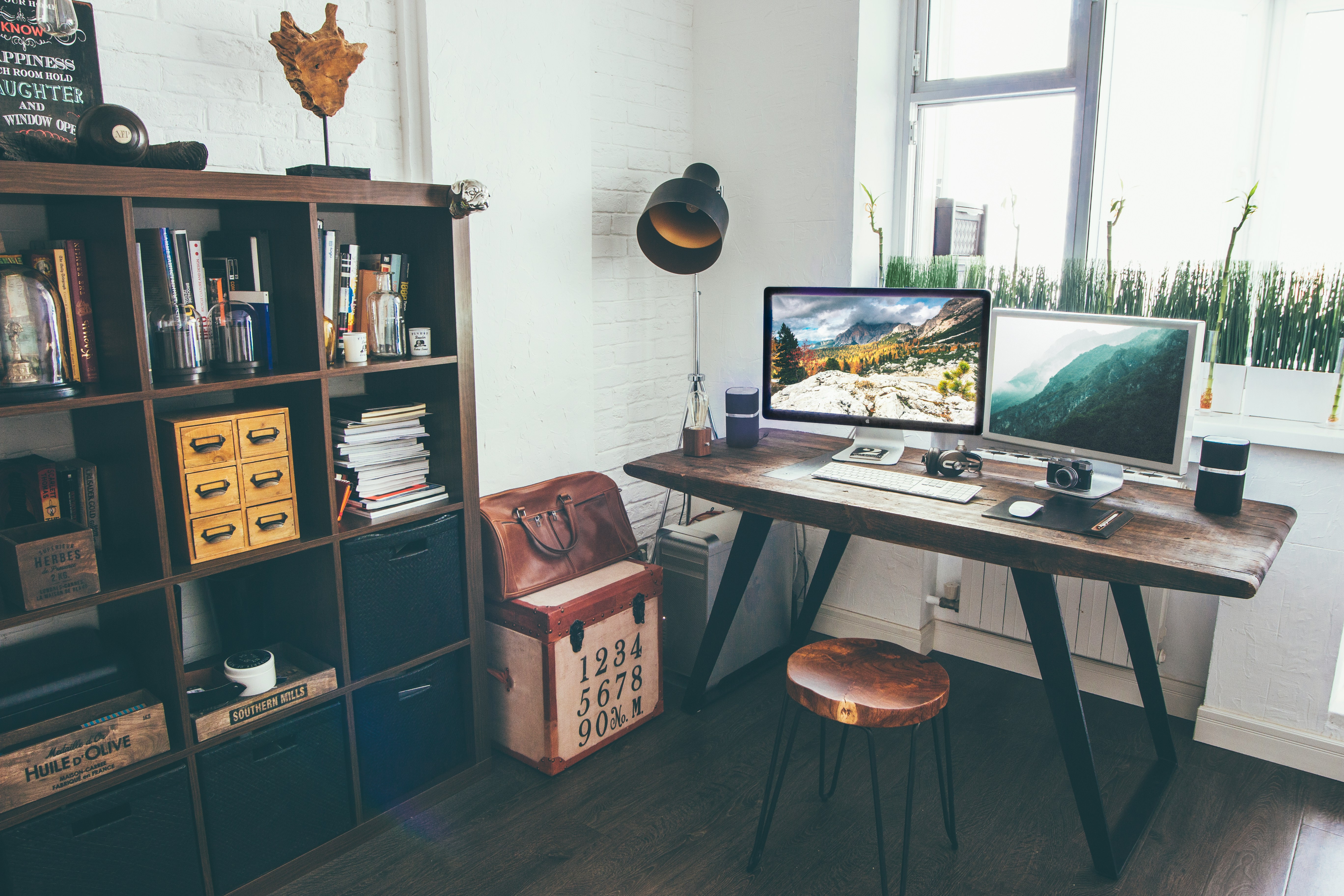Intuitive Small-Space Solutions: Breathtaking Functionality in American Homes
Unearthing the radical shift towards compact living, efficient space utilization, visual magic, and how it reimagines our concept of modern homes.

Getting the most out of your space can feel like a daunting challenge in modern American homes, particularly in our cities’ sprawling apartments. However, the rise of small-space solutions is showing us how to live large in limited space while maintaining functionality and aesthetics. This detailed exploration into this growing trend provides an in-depth look at the latest design techniques and offers practical advice on embracing maximal functionality in minimal spaces.
Rewriting the Narrative: The Shift Towards Small
Not long ago, the American homeowner’s dream was deeply entwined with the idea of sprawling suburbia—a vast lawn, a white picket fence, and spacious rooms. However, today’s fast-paced reality and continuous urbanization have necessitated a radical shift towards compact living.
Stepping away from historic norms, modern American households, especially younger, more eco-conscious generations, are increasingly favoring small, sustainable living spaces that are efficient, functional, and beautiful.
The Rise of Compactness: Current Design Trends and Insights
Small space living no longer means compromising on style or comfort. Instead, it has given birth to ingenious design solutions. Seemingly restrictive spaces are being innovatively transformed utilizing multi-use furniture, de-cluttering techniques, and strategic color and lighting choices. Subtle dividers and visual manipulations are used to demarcate zones within a room without losing the openness.
There has been a growing demand for efficient and compact furniture multi-taskers - sofa sleepers, Murphy beds, and ottomans with storage. Tactics such as vertical lines to enhance room height, mirrors to replicate space, and clear furniture to minimize visual clutter, are now mainstream. This compact movement has drastically evolved our homes’ aesthetic language.
Practicality and Market Trends: A Closer Look
Small doesn’t necessarily mean cramped. Indeed, many American homeowners appreciate the coziness and efficiency a smaller space provides. Little wonder that the market for small-space solutions has seen an upsurge—with the industry expected to garner lucrative revenue in the coming years.
The practicalities are numerous—smaller spaces mean fewer resources consumed, less clutter to accumulate, and are easier to maintain and clean. Economically, they are more affordable, and for those who enjoy a minimalist lifestyle, they satisfy both the budget and environmental concerns.
Space-Savvy Solutions: Enhancing Everyday Living
Small-space design, when executed right, can create a highly functional and visually sprawling space, irrespective of the actual square footage. It pushes designers and homeowners to strategize each area and use, often resulting in a tailored space perfectly suited to the owner’s needs and lifestyle.
This profound shift towards more sustainable, minimalist living echoes the wider choice of many Americans to opt for quality over quantity, elevating their everyday living experience through effective use of space and design.
Small-Space Solutions: The Future of American Home Design
This trend’s popularity shows zero signs of slowing down, given the pressing issues of urban crowding, housing costs, and environmental impacts. With innovative design techniques at the helm, homeowners now have the tools to turn any size of space into a sustainable, functional, and stylish abode. In essence, small-space solutions could be the future of American home design, redefining our traditional understanding of a comfortable and luxurious dwelling.
American homes are witnessing an era of change. Moving away from sprawling spaces and focusing more on optimal usage and efficient style, small-space solutions are heralding a new revolution in how we perceive and utilize our homes. Through strategic design, we can turn our compact homes into our ultimate dream abodes. Whether you’re in the heart of a bustling city or the quiet of the countryside, good design can turn any space into a comfortable haven.




